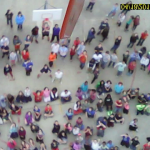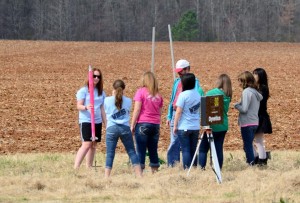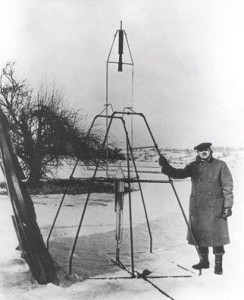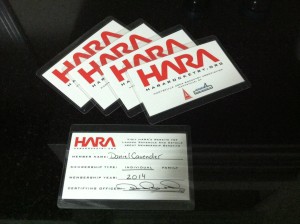We are go for launch! HARA welcomes TARC teams from around the Tennessee valley and the public to participate in low and mid power rocket flights tomorrow (March 15th) at Bragg Farms. High power rocket flights are restricted at Bragg Farms. We will target a start time of 10am, but we may start earlier or later depending on rage setup and the weather.
The address to Bragg Farms is:1180 Grimwood Rd, Toney, AL 35773
Enter Bragg Farms from Grimwood Rd on a dirt road. The road turns left then right. You will pass between barns with large harvesting equipment and their may be farming related activities in that area so please be mindful as you enter the area. Carry on down the dirt road into the field. Park off of the dirt road on the grass to the right.
You are welcome to bring coolers with snacks and drinks, and some chairs. There will not be a motor vendor, so be prepared.
Stay tuned to the website and facebook for updates on the launch. See you there!






